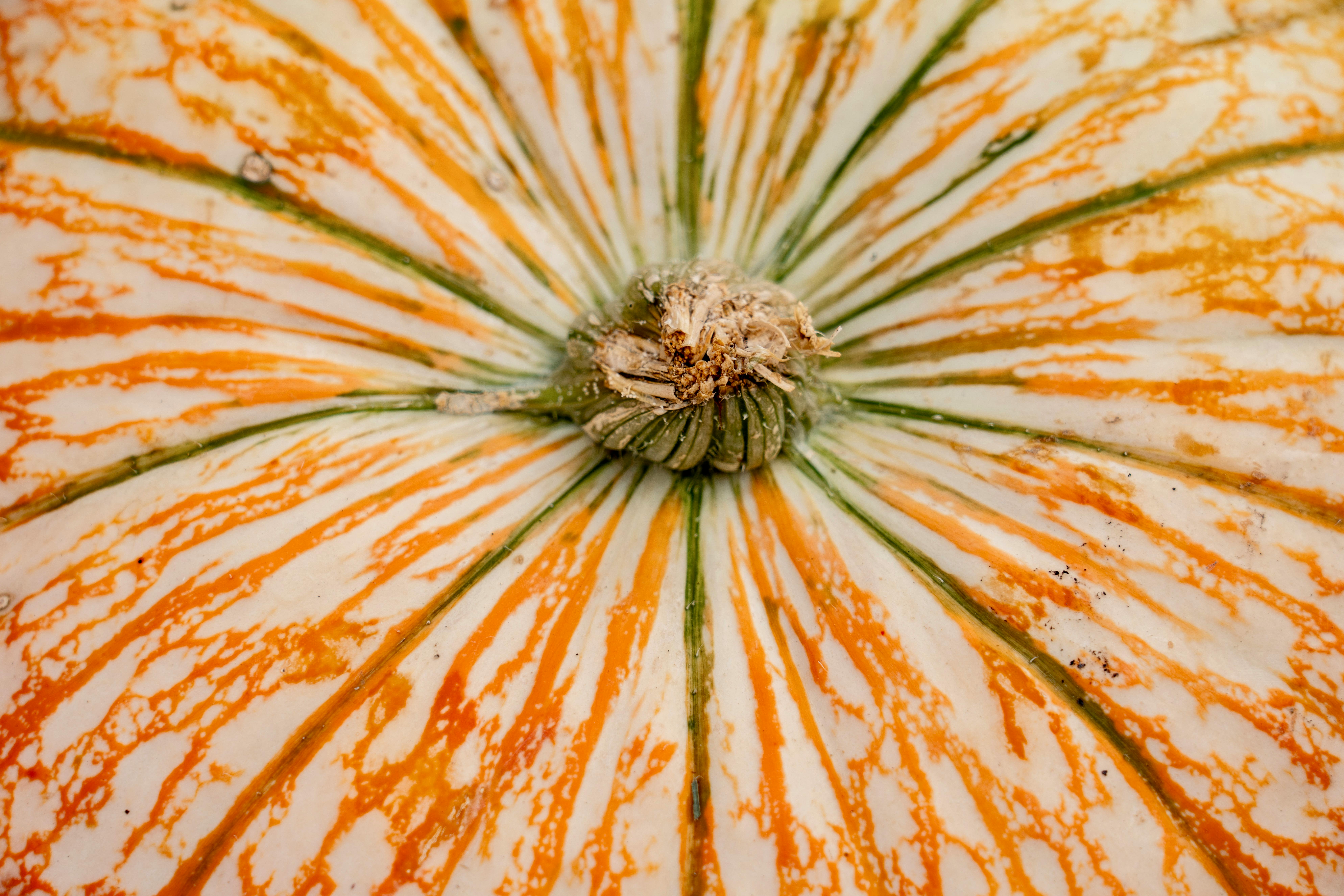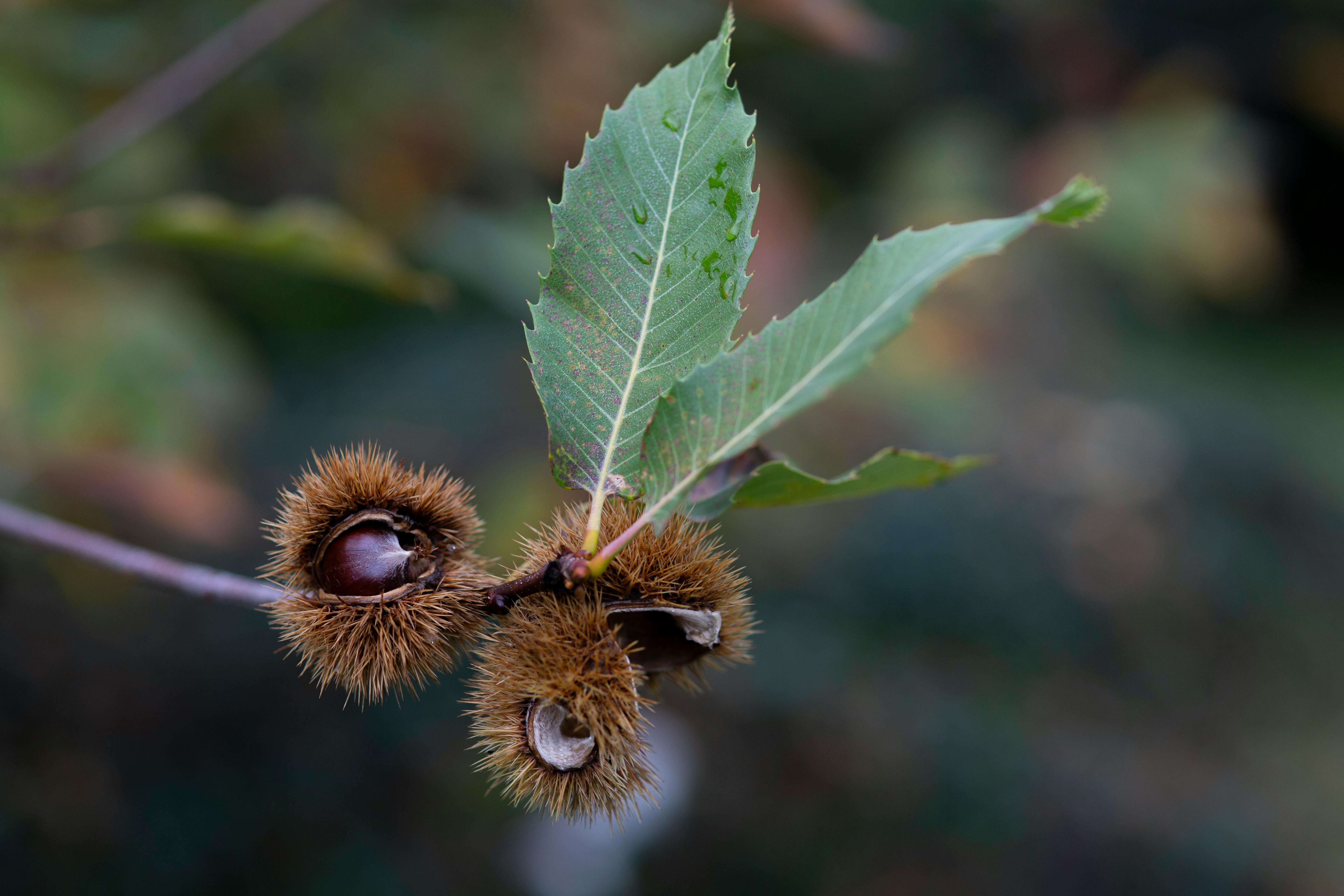Fruit that bruises easily is a common occurrence in the produce aisle of the grocery store. Many types of fruit, including apples, peaches, plums, pears, and mangoes, are prone to bruising when handled too roughly. While this may be an inconvenience for shoppers looking for pristine produce, bruising can also serve as an indicator of ripeness and flavor. In this article we will explore why certain fruits are more prone to bruising than others and discuss how to select fruit that is ripe and ready to eat.Fruits that bruise easily include apples, pears, plums, peaches, nectarines, and apricots. All of these fruits have soft flesh that can easily be damaged when handled roughly or stored improperly. Other fruits such as bananas and avocados are also prone to bruising because they have a thin outer layer that can be easily damaged.
Common Causes of Fruit Bruising
Fruit bruising is a common problem that can occur during harvesting, storage, and transport. It occurs when the fruit is damaged by physical contact or impact, resulting in discoloration and softening of the flesh. Common causes of fruit bruising include improper harvesting techniques, inadequate packaging materials, and excessive handling.
Harvesting techniques that are too rough or involve excessive handling can cause bruising. Poorly maintained harvesting equipment can also cause damage to the fruit as it is being harvested. Additionally, workers who lack experience in proper harvesting techniques may increase the risk of bruising due to their inexperience.
Inadequate packaging materials can also contribute to fruit bruising. For example, using cardboard boxes that are too small for the fruits may cause them to bump into each other during transport, leading to discoloration and softening of the flesh. Additionally, if the boxes are not properly sealed with adequate cushioning material such as bubble wrap or foam padding, they may break open during transportation and lead to additional damage to the fruits.
Finally, excessive handling during transport and storage can also lead to fruit bruising. If fruits are not properly handled while being loaded and unloaded from trucks or stored in warehouses for extended periods of time, they may be subjected to physical contact or impact which could result in discoloration and softening of the flesh. This is particularly true for delicate fruits such as strawberries and raspberries that have thinner skins than other types of fruits.
How to Prevent Fruit Bruising
Fruit bruising occurs when fruits are handled improperly and can lead to a decrease in quality. Bruised fruits will spoil more quickly, and may need to be discarded. To prevent fruit bruising, proper handling is essential. Here are some tips to help you handle your fruits correctly:
– Handle with care: To prevent bruises, be gentle when handling the fruit. Don’t squeeze it too tightly or drop it from a height as this can cause damage.
– Store at the right temperature: Store fruits in a cool, dry place away from direct sunlight. Temperature fluctuations should also be avoided as this can cause the fruit to bruise.
– Use containers for transport: When transporting fruit, use containers that fit the fruit snugly and put padding between them if necessary. This will help protect the fruit from bumps and knocks during transit.
– Choose ripe fruit: Ripe fruits are more resilient than unripe ones, so it’s best to choose those that are ready to eat. Unripe fruits are more susceptible to bruising.
– Inspect before purchase: Before buying your fruit, inspect it for any bruises or damage. If you spot any, choose another piece instead.
By following these tips, you can help prevent bruising when handling your fruits and ensure they stay in peak condition for longer.
How to Identify Bruised Fruit
Bruised fruit can be difficult to identify, as the damage is often hidden beneath the skin. The best way to determine if a piece of fruit is bruised is to inspect it closely for any signs of discoloration or soft spots. If the fruit has darkened areas or feels softer than normal, then it is likely bruised and should be discarded. It is also important to check all sides of the fruit for any signs of bruising, as some bruises may not be visible from the outside.
It is also important to examine the texture of the fruit before eating it. If it feels mushy or spongy, then it likely has been bruised and should not be eaten. Additionally, bruises can cause a change in flavor and smell, so smelling the fruit can help detect any changes that indicate bruising.
If a piece of fruit does have bruising, it is important to discard it immediately in order to avoid food-borne illnesses that can result from consuming damaged produce. Any other pieces of fruit that were stored near a bruised piece should also be inspected carefully, as they may have been contaminated with bacteria from the damaged item.
Wash Fruits Before Handling
It is important to always wash your hands and any surfaces that will come into contact with the fruit before handling. This is to reduce the risk of contamination. Washing also helps to remove residual pesticides or dirt that may be present on the fruit’s surface. When washing, use a mild detergent or soap and warm water. Be sure to rinse the fruits thoroughly before handling them.
Sanitize Surfaces
Surfaces that are used for handling fruits should be sanitized regularly to prevent contamination. This includes cutting boards, knives, and other utensils. Use a commercial sanitizer that is approved for use in food processing or make your own using chlorine bleach diluted with warm water and a few drops of dish soap. Allow the surfaces to air dry after sanitizing them before using them again.
Store Fruits Properly
Fruits should be stored in an area where they are not exposed to direct sunlight or extreme temperatures. The ideal storage temperature for most fruits is between 32-40°F (0-4°C). Storing fruits in an area with high humidity can cause mold growth, so it is best to store them in a well-ventilated area away from humid areas such as bathrooms and kitchens.
Discard Spoiled Fruits
It is important to discard any spoiled or damaged fruits immediately as they can cause food poisoning if consumed. Spoiled fruits will have an off odor and texture, so it is important to inspect all fruits before using them. It is best to discard any questionable looking fruit rather than risking illness from consuming it.

Discarding Bruised Fruit Safely
Fruits are a vital part of a balanced diet, but sometimes they can become bruised or damaged. If this happens, it’s important to discard them properly in order to avoid foodborne illnesses. Here are a few steps for disposing of bruised fruit safely:
First, check the fruit for visible signs of damage or decay. If it is bruised or moldy, it should not be eaten and should be discarded as soon as possible. Next, place the fruit in a plastic bag and tie it shut. This will help contain any juices that may leak out and prevent them from spreading to other foods.
Then, place the bag in an outside garbage can with a tight-fitting lid. This helps ensure that animals and pests won’t be able to get into the fruit and spread any bacteria or contaminants. Finally, make sure to wash your hands after handling the fruit to avoid transferring any bacteria to other foods.
Following these simple steps will help you discard bruised fruit safely and reduce your risk of foodborne illnesses. Eating healthy fruits is an important part of maintaining a balanced diet, so make sure you’re always taking proper precautions when discarding damaged produce.
Different Types of Bruising on Fruits
Fruit bruising is a common problem that affects the quality of fruits. It is caused by physical damage to the fruit, which can be the result of mishandling, improper packing, and even mechanical harvesting. Bruising can affect the appearance, taste, and shelf life of the fruit. It can reduce the market value of a fruit as well.
There are several types of bruising on fruits. Mechanical bruising occurs when the fruit is crushed or dropped onto a hard surface. This type of bruising usually results in dark brown or black spots on the surface of the fruit. Impact bruising is caused by contact with other objects such as boxes or crates during transportation or storage. This type of bruising usually results in dents or indentations on the surface of the fruit.
Skin puncturing bruises occur when small sharp objects such as nails or staples puncture through the skin of a fruit and cause an injury. This type of bruise usually results in a raised bump on the skin, which may have darkened edges around it. Decay bruises are caused by fungi and bacteria that enter through wounds in the skin and cause decay to occur inside the fruit. These types of bruises usually result in soft spots on the surface that will eventually rot away if not treated quickly enough.
In order to prevent bruising from occurring, it is important to handle fruits with care during handling, packing, and transportation processes. Fruits should be carefully inspected for signs of mechanical damage before they are packaged for shipment to ensure they arrive at their destination in optimal condition. Proper storage conditions are also essential for preventing bruises from occurring during storage and transport operations.
Discoloration
One of the most common symptoms of bruised fruit is discoloration. The appearance of dark or brown spots on the skin of the fruit is a clear indication that it is bruised. The texture of the bruise area may also be slightly soft, mushy, or spongy to the touch. Discoloration may also extend to a larger area around the bruise, so it’s important to inspect all parts of the fruit closely.
Softening
Another symptom of bruised fruit is softening. Bruised areas will often appear slightly softer and more squishy than other parts of the fruit. As bruising spreads, entire sections of the fruit may become soft and mushy. This can make it difficult to identify exactly where the bruise originated on the fruit.
Off-flavors
Bruised fruit can also have off-flavors and odors that are not normally present in fresh, unblemished produce. These off-flavors can range from slightly sour or bitter tastes to more pronounced flavors such as vinegar or ammonia. If you notice any odd flavors in your produce, it’s likely that it has been bruised and should be discarded.
Rotting
Finally, rotting is another common symptom of bruised fruit. Bruised areas are much more susceptible to bacterial growth and rot due to their softer texture and increased moisture content. It’s important to discard any fruits that appear rotten as they may cause foodborne illness if consumed.

Conclusion
It is easy to see why certain fruits bruise easily. The delicate skin of the fruit, combined with the fact that it contains a lot of water, makes them very susceptible to bruising. Bruised fruits should not be consumed as they may contain harmful bacteria and mould. Furthermore, it is important to handle these fruits with care to avoid bruising them. To prevent bruising, store your fruits in cool areas and avoid over-crowding them in containers or bags.
Therefore, understanding what fruit bruises easily can help you make better decisions when shopping for produce and storing it properly at home. Knowing which fruits are most prone to bruising can also help you choose the right variety for your needs and ensure that you get a quality product that will last longer in storage.



